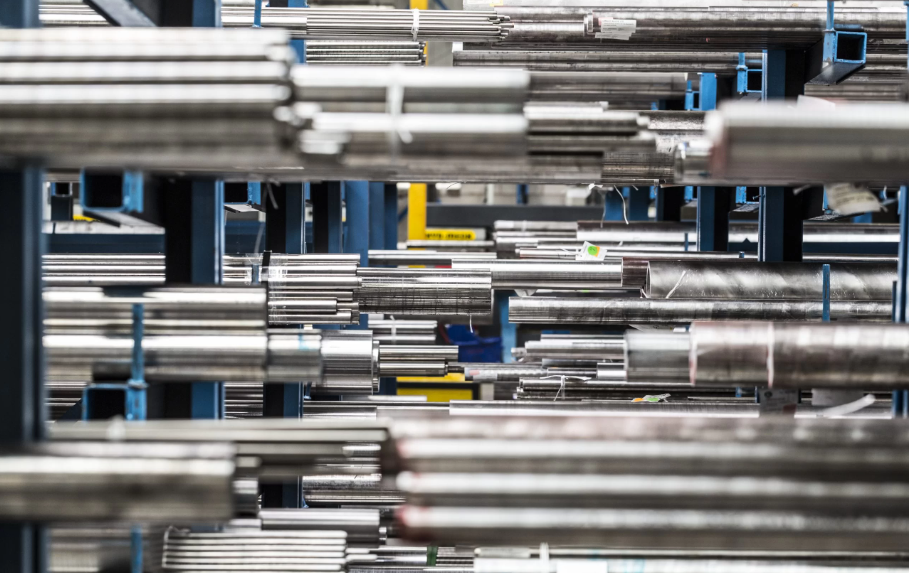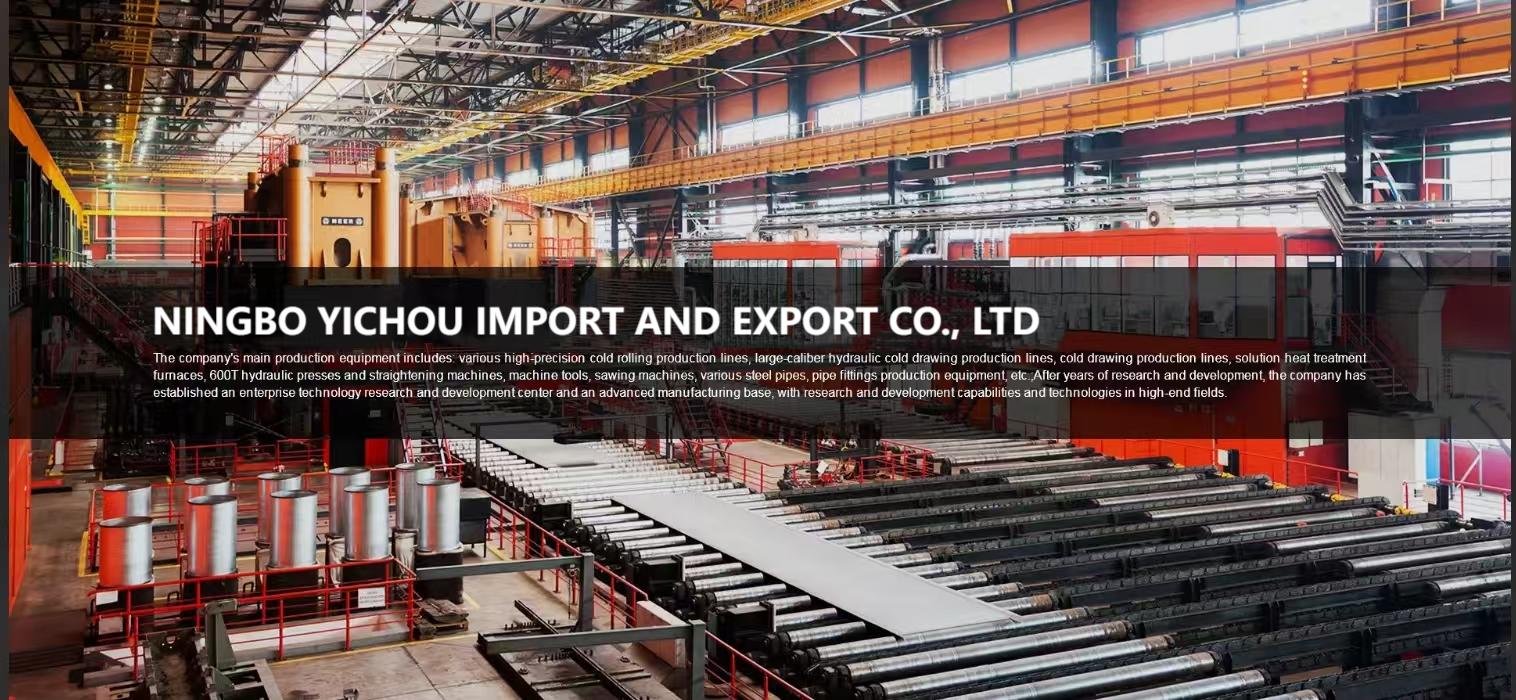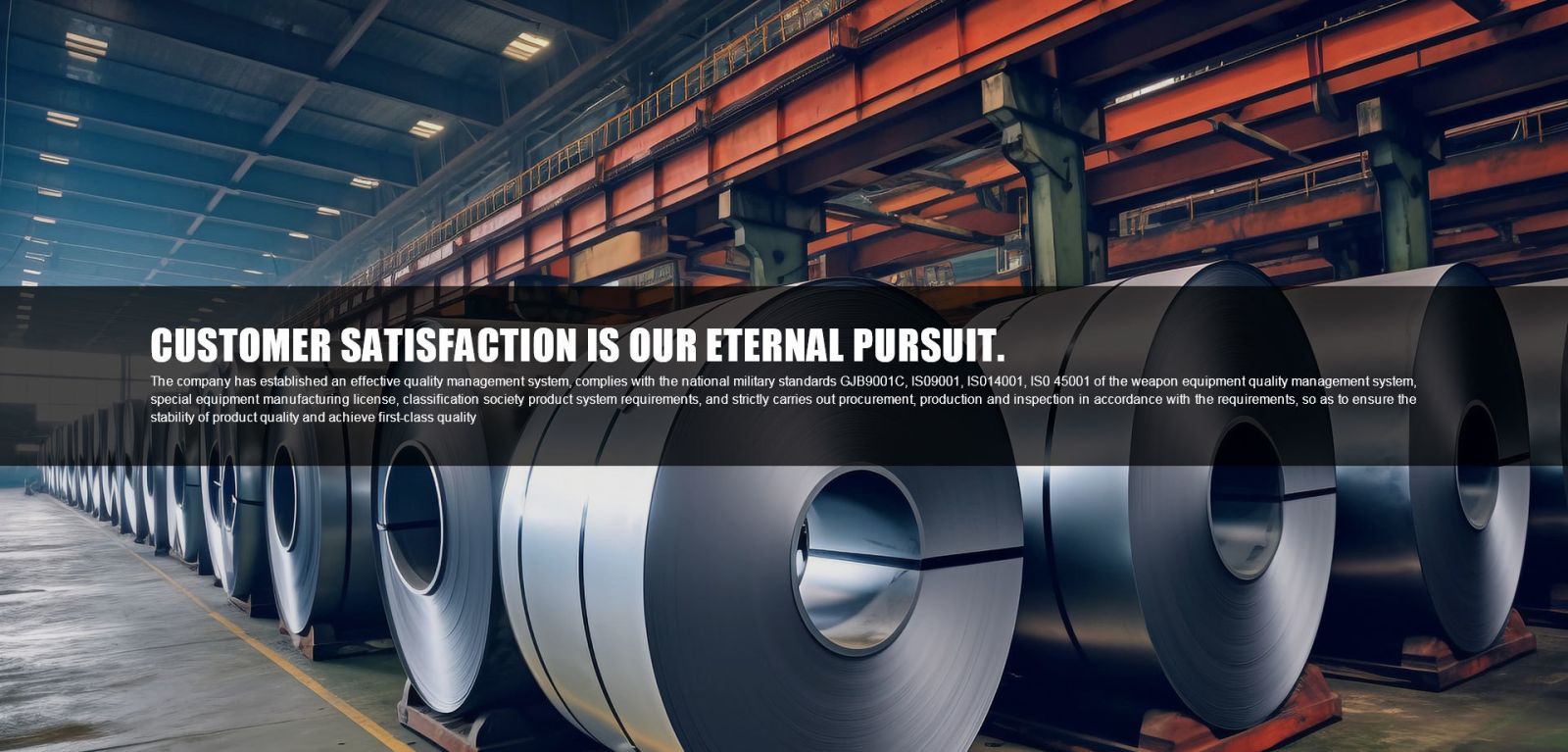1. What is Stellite Material?
Definition and Composition of Stellite
Stellite is a cobalt-based alloy known for its exceptional hardness, wear resistance, and ability to withstand high temperatures. It’s primarily composed of cobalt, chromium, and tungsten, which together create an alloy that remains stable and durable in extreme environments.
- Primary Components:
- Cobalt (Co): The base element, providing the alloy’s fundamental structure and resistance to oxidation.
- Chromium (Cr): Enhances corrosion resistance and contributes to the alloy’s hardness.
- Tungsten (W): Adds strength and wear resistance, especially at high temperatures.
Different Grades of Stellite
Stellite comes in various grades, each with slightly different compositions tailored to specific applications. The grades differ in hardness, temperature resistance, and corrosion resistance, among other properties.
- Stellite 6: One of the most commonly used grades, Stellite 6 is highly wear-resistant and is particularly useful in environments that experience both sliding and abrasive wear. It is often used in valve seats and cutting tools.
- Stellite 12: Known for even greater hardness and abrasion resistance than Stellite 6, used in applications where high wear resistance is critical.
- Stellite 21: Designed to be more ductile and resistant to cracking, making it suitable for impact wear or environments with thermal cycling.
Key Characteristics of Stellite
Stellite’s unique properties make it a valuable material for high-performance applications:
- High Hardness: Stellite maintains its hardness even at high temperatures, which makes it ideal for wear-resistant applications.
- Heat Resistance and Wear Resistance: This alloy can handle prolonged exposure to high temperatures without losing its mechanical integrity. This resistance is essential in high-stress environments, such as gas turbines or cutting tools.
- Corrosion Resistance: The chromium content makes Stellite resistant to oxidation and corrosion, even in harsh chemical environments, extending the lifespan of components made from this alloy.
Manufacturers and Production Methods
Stellite alloys are produced by several specialized manufacturers, often in the form of castings, powders, or coatings applied via welding or thermal spraying. Popular methods include:
- Powder Metallurgy: Stellite powders are used in additive manufacturing or coatings.
- Welding and Thermal Spraying: Stellite coatings are applied to the surface of other metals to enhance their wear and corrosion resistance.
- Casting: Certain components are made entirely from Stellite through investment casting, used in high-precision parts.
Typical Applications of Stellite
Due to its robust properties, Stellite is widely used in industries where durability, heat resistance, and corrosion resistance are crucial:
- Petroleum and Natural Gas Industries: Used in valve seats, pump components, and drilling equipment where high wear and corrosion resistance are necessary.
- Aerospace: Stellite’s stability at high temperatures makes it suitable for turbine blades, jet engine components, and other high-stress parts in aircraft.
- Medical Equipment: In the medical field, Stellite is used in surgical tools and implants, such as hip replacements, where corrosion resistance and biocompatibility are important.
2. Applications of Stellite
Industries and Uses of Stellite
Stellite’s unique properties make it a top choice in industries where components are exposed to extreme wear, high temperatures, and corrosive environments. Below are some specific applications across various industries:
- Oil and Gas Industry: Stellite is frequently used in valve seats, pump components, drill bits, and pipelines. Its resistance to corrosion and abrasion makes it ideal for handling abrasive and corrosive fluids.
- Aerospace Industry: The alloy is used in high-temperature applications, such as turbine blades, jet engine components, and exhaust systems, where reliability under extreme heat is critical.
- Automotive Industry: Stellite is applied to engine parts, particularly in high-performance vehicles, where heat and wear resistance are required.
- Medical Field: Stellite is valued for its biocompatibility and corrosion resistance, making it suitable for surgical instruments and implants, such as hip and knee replacements.
- Manufacturing and Machining: Stellite’s hardness and wear resistance make it a prime choice for cutting tools, dies, and wear plates.
Specific Applications in Various Industries
- Mechanical Parts: Bearings, bushings, and valve components are often made from Stellite or coated with it to extend their life and reduce maintenance in high-wear environments.
- Heat Exchangers: Stellite’s ability to resist corrosion even in high-temperature and high-pressure environments makes it suitable for heat exchanger tubes in the energy and chemical processing industries.
- Cutting Tools: Stellite’s high hardness makes it excellent for use in cutting tools, drills, and saw teeth, especially for applications involving abrasive materials.
Comparison with Other Materials
When comparing Stellite to other materials, such as 316 stainless steel, Stellite often performs better in terms of wear and heat resistance, though it may come at a higher cost.
- Is Stellite Better than 316 Stainless Steel?
In many applications, Stellite offers superior wear resistance and maintains its hardness at high temperatures, while 316 stainless steel may degrade. Stellite also has better corrosion resistance in certain aggressive environments. However, 316 stainless steel is more cost-effective and is often chosen for less demanding applications.
Coating Thickness and Application Techniques
Stellite coatings can be applied to surfaces via welding, thermal spraying, or plasma arc processes. The thickness of these coatings typically varies depending on the application and required durability.
- Thickness Control: The thickness of Stellite coatings is usually controlled to provide an optimal balance between wear resistance and cost-effectiveness. Coatings may range from a few microns for light wear applications to several millimeters for heavy-duty parts.
- Application Methods: Common methods for applying Stellite include:
- Thermal Spraying: A process that deposits Stellite powder onto the substrate, often used for components that need a thinner layer.
- Welding (Overlay Welding): This method applies a thicker coating and is common in high-wear applications, such as valve seats and bearing surfaces.
Weldability of Stellite
Stellite is known for being challenging to weld due to its high hardness and tendency to crack. However, it can be welded successfully with proper techniques and consideration.
- Can it be Welded?
Yes, Stellite can be welded, though special techniques are required to avoid cracking. The cobalt content and high hardness can lead to brittle welds if not carefully managed. - Suitable Welding Techniques:
- Gas Tungsten Arc Welding (GTAW/TIG): Commonly used for smaller parts, providing precise control.
- Plasma Arc Welding (PAW): Useful for applying coatings and can handle thicker applications.
- Laser Welding: Offers high precision, minimizing the heat-affected zone to reduce the risk of cracking.
- Considerations: Preheating and post-weld heat treatments can be essential to reduce stress and prevent cracking in Stellite welds.

3. Machinability of Stellite
Is Stellite Hard to Machine?
Yes, Stellite is notably difficult to machine due to its high hardness and resistance to wear. These characteristics, while beneficial for durability in end-use applications, pose challenges in the manufacturing process.
Challenges in Machining Stellite
Stellite's toughness and hardness make it resistant to standard cutting and machining techniques. It also has a tendency to work-harden, meaning that as it’s machined, it becomes even harder, which can lead to rapid tool wear. Key challenges include:
- Tool Wear: Stellite’s abrasiveness causes tools to wear quickly, necessitating frequent tool changes and increasing costs.
- Heat Buildup: The alloy’s poor thermal conductivity results in high heat concentration at the cutting edge, which can lead to deformation or failure of the cutting tools.
- Surface Finish: Achieving a smooth surface finish can be challenging due to the high resistance of Stellite to cutting forces.
Disadvantages of Stellite
While Stellite offers excellent wear and corrosion resistance, its machinability issues add to production time and cost. Other disadvantages include:
- High Production Costs: The need for specialized equipment and frequent tool replacements can drive up production costs.
- Increased Machining Time: Due to its hardness, machining operations on Stellite take significantly longer compared to more machinable alloys.
Difficulties Encountered During the Machining Process
Common issues faced when machining Stellite include:
- Tool Selection: Standard tools are inadequate; only carbide or ceramic tools typically withstand the wear.
- Vibrations and Chatter: Due to the alloy’s hardness, machining operations can produce excessive vibrations, reducing accuracy.
- Coolant Requirements: Proper cooling is essential to manage heat but can complicate the setup.
Heat Treatment and Operating Temperatures
Stellite alloys undergo heat treatment processes to optimize their properties, such as hardness, wear resistance, and thermal stability.
- Suitable Heat Treatment Processes: Stellite can be solution-treated and aged to improve its properties. This heat treatment process helps stabilize the microstructure, enhancing resistance to thermal stress.
- Operating Temperature Range: Stellite performs well in high-temperature environments, typically operating up to temperatures of around 500°C to 600°C, depending on the grade.
Comparison with Other Hard-to-Machine Alloys
Compared to other hard-to-machine alloys like Inconel and titanium, Stellite often has a higher hardness and better wear resistance, but this comes at the cost of increased difficulty in machining.
- Stellite’s Hardness: It ranks high in hardness compared to other alloys, which adds to its wear resistance but also limits its machinability.
- Inconel and Titanium Alloys: These alloys are also challenging to machine, but their lower hardness compared to Stellite can make them somewhat easier to work with.
Metals with Higher Machinability
In contrast, metals like aluminum, brass, and even some grades of stainless steel are far more machinable than Stellite. These metals allow for faster machining speeds, less tool wear, and smoother finishes without specialized equipment.
Tips to Improve the Machinability of Stellite
- Use Carbide or Ceramic Tools: These materials are better suited for Stellite’s hardness and can withstand the abrasive wear.
- Reduce Cutting Speed: Slower cutting speeds help manage heat buildup and prolong tool life.
- Apply Ample Coolant: Using a high-quality coolant can reduce heat, minimize work-hardening, and improve the surface finish.
- Use Rigid Machinery: The hardness of Stellite necessitates a stable and vibration-resistant setup to maintain accuracy.
- Optimize Tool Geometry: Specific tool angles and geometries tailored for hard alloys can improve cutting performance and reduce tool wear.
By following these practices, machining Stellite can be managed effectively, although the process remains complex and requires careful planning and high-quality equipment.
4. Corrosion Resistance of Stellite
Does Stellite Rust?
No, Stellite does not rust in the traditional sense because it is an alloy based primarily on cobalt and chromium, which are highly resistant to oxidation and corrosion. Unlike iron-based alloys, Stellite does not contain iron, which is the primary element that causes rust when exposed to moisture and oxygen.
How Corrosion-Resistant is Stellite?
Stellite is highly corrosion-resistant, even in harsh environments. Its resistance to oxidation, acids, and other corrosive elements makes it suitable for applications where exposure to chemicals and high temperatures is common. The chromium in Stellite forms a protective oxide layer that prevents further degradation of the material, which contributes to its corrosion resistance.
Anti-Rust and Anti-Corrosion Properties
The anti-corrosion properties of Stellite are due to its unique combination of cobalt and chromium, along with the occasional addition of tungsten or molybdenum. These elements create a stable, protective layer on the alloy’s surface, which shields it from many corrosive agents, including:
- Oxidation at High Temperatures: The protective oxide layer remains stable even at high temperatures, making Stellite suitable for high-heat environments.
- Resistance to Acids and Chlorides: Stellite resists attack from many acids and chloride-rich environments, which can be corrosive to less resilient materials.
Performance in High-Humidity Environments
In environments with high humidity, Stellite’s corrosion resistance remains effective. Unlike steels, which may oxidize and corrode when exposed to moisture, Stellite’s cobalt-chromium composition offers superior performance in wet or humid conditions, preventing degradation over time. This makes Stellite a preferred material in marine and coastal applications, where moisture exposure is constant.
Other Physical Properties of Stellite
-
Density: Stellite is relatively dense, with an approximate density of 8.4–9.2 g/cm³, depending on the specific grade and alloy composition.
-
Electrical Conductivity: Stellite has low electrical conductivity compared to many other metals, due to its high cobalt and chromium content. This low conductivity makes it suitable for use in situations where electrical conductivity is not desired, such as insulating applications or components that require resistance to electrical currents.
-
Thermal Conductivity: Stellite has moderate thermal conductivity, which allows it to handle high temperatures without deforming or losing strength. However, it doesn’t conduct heat as well as other materials like copper, which contributes to its resistance to heat and wear in applications that involve friction.
-
Magnetism: Stellite is typically non-magnetic or only slightly magnetic, depending on its exact composition. This property is valuable in applications where magnetic interference needs to be minimized, such as in certain medical or electronic components.
5. Comparison Between Stellite and Inconel
Differences Between Stellite and Inconel
Stellite and Inconel are both high-performance alloys but differ significantly in composition and primary applications:
- Stellite: Primarily a cobalt-based alloy with high chromium content, often with additional tungsten or molybdenum for hardness and wear resistance.
- Inconel: A nickel-based superalloy with chromium and iron, known for its excellent corrosion resistance and high-temperature stability. Commonly includes molybdenum to enhance its strength in extreme environments.
Key Compositional Differences
- Cobalt vs. Nickel Base: Stellite is cobalt-based, while Inconel is nickel-based. This difference in base metals affects their corrosion resistance, heat resistance, and general performance.
- Chromium Content: Both alloys contain chromium, which provides corrosion resistance. However, the amount of chromium can vary, affecting the alloys’ specific capabilities.
- Additives: Stellite often includes tungsten or molybdenum to improve hardness and wear resistance, whereas Inconel may include molybdenum to increase high-temperature strength.
Comparison of Physical and Chemical Properties
- Hardness and Wear Resistance: Stellite is known for its extreme hardness, making it more wear-resistant than Inconel. This makes Stellite ideal for cutting tools, bearings, and parts exposed to significant wear.
- High-Temperature Performance: Inconel excels at high temperatures, maintaining strength and corrosion resistance up to 1200°C or higher, making it a choice for aerospace and industrial applications where thermal stability is crucial.
- Corrosion Resistance: Both Stellite and Inconel are corrosion-resistant, but their strengths differ. Inconel performs better in environments with high-temperature oxidizing and reducing conditions, while Stellite offers superior resistance in acidic or chloride environments.
Application Scenarios for Inconel vs. Stellite
- High-Temperature Environments: Inconel is often preferred in high-temperature applications due to its excellent thermal stability, such as in jet engines, gas turbines, and exhaust systems.
- Wear-Resistant Applications: Stellite is more suitable where wear resistance is critical, such as in cutting tools, valve seats, and pump components that experience friction or contact wear.
- Corrosive Environments: Both materials resist corrosion, but their application depends on the specific environment. Inconel performs well in high-temperature corrosive environments, while Stellite is often better suited to highly acidic or chloride-rich conditions.
Advantages and Disadvantages
- Corrosion Resistance: Inconel is more corrosion-resistant at high temperatures, especially in oxidizing conditions, while Stellite offers better resistance to wear and acidic conditions.
- Hardness and Wear Resistance: Stellite is harder than Inconel, making it superior for wear resistance. However, this hardness also makes Stellite more difficult to machine than Inconel.
- Machinability: Inconel is challenging to machine but generally easier than Stellite due to Stellite’s extreme hardness.
Comparison with Other Alloys (e.g., Hastelloy)
- Hastelloy: Another nickel-based alloy, Hastelloy is particularly resistant to corrosion in both oxidizing and reducing environments. Compared to Inconel, Hastelloy is more suitable for environments with both high temperatures and corrosive chemicals.
- Choosing Between Alloys: For extreme wear resistance, Stellite is often the top choice; for high-temperature stability, Inconel is preferred; and for environments that involve both high temperatures and chemical exposure, Hastelloy may be most suitable.
Summary
Stellite and Inconel are two exceptional high-performance alloys, each with unique strengths tailored to specific industrial applications. Stellite excels in wear resistance and durability, making it ideal for high-friction environments such as cutting tools and valve seats. Inconel, on the other hand, offers unparalleled stability at extreme temperatures, making it a preferred choice for aerospace and high-temperature applications. By understanding these alloys' characteristics, engineers can make informed choices for optimal performance in challenging environments.
If you’re looking for reliable, high-quality Stellite, Inconel, or other specialized alloys to meet your project’s demands, contact us today to discuss your needs. Our team is ready to provide tailored solutions and expert guidance to help you achieve superior results with our premium alloys.
Get Quote
- Visit our website: https://www.nbyichou.com/
- Email us: [email protected]
- Call us/whatsapp: +86 13355741031
- Chat with us: Live chat support available on our website

